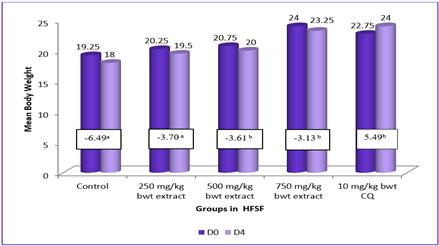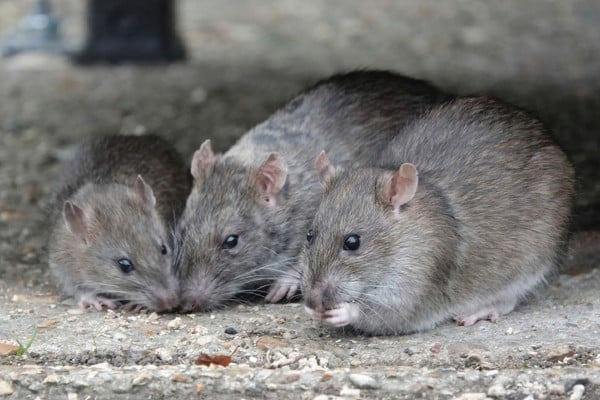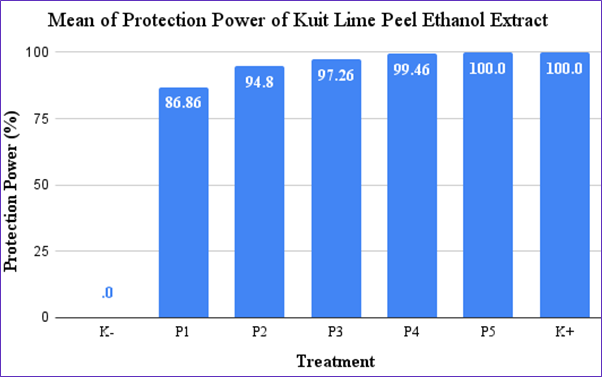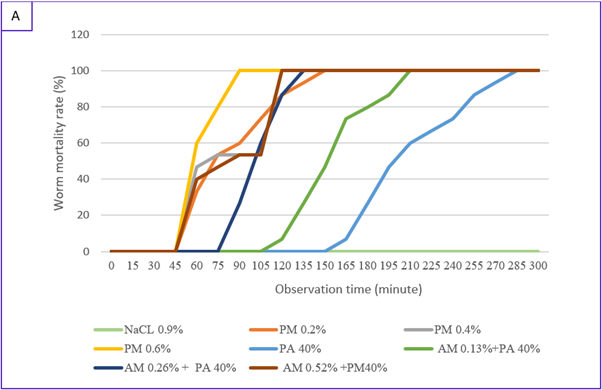Prevalence and Pathological Lesions of Dermatophytosis in Cats (Felis catus) at the Animal Health Center in Cimahi: August-September 2023

Downloads
Dermatophytosis is a zoonotic fungal infection affecting the superficial skin layer. characterized by circular lesions commonly referred to as "ringworm." This condition has been recorded as the most frequently occurring ailment at the Animal Health Center in Cimahi. This study aims to determine the prevalence and characteristics of dermatophytosis lesions in cats at the Animal Health Center in Cimahi during the period of August-September 2023. Samples were collected based on physical examinations and supporting diagnostics. such as Wood's lamp inspection. on animals suspected of having dermatophytosis. The results revealed that the prevalence of dermatophytosis in cats during the specified period was 10.5%. with 91 cases out of 864 patients. The most common lesions observed included epidermal collars with scales. crusts. erythema. hyperpigmentation. and alopecia. totaling 613 lesions from 91 patients. The highest number of lesions was found in the dorsal body region. with a total of 115 lesions. Predisposing factors such as age. sex. and breed indicated that dermatophytosis was most prevalent in cats aged less than 6 months (38 cats. 41.7%). female cats (46 cats. 50.5%). and domestic breed cats (40 cats. 43.9%). This study contributes valuable epidemiological data on dermatophytosis in animals in Indonesia.
Adzima, V., Jamin, F. and Abrar, D.M. (2013) ‘Isolasi dan Identifikasi Kapang Penyebab Dermatofitosis pada Anjing di Kecamatan Syiah Kuala Banda Aceh’, Jurnal Medika Veterinaria, 7(1). Available at: https://doi.org/10.21157/j.med.vet..v7i1.2920.
Alekseeva, G.S. et al. (2020) ‘Stressed by Maternity: Changes of Cortisol Level in Lactating Domestic Cats.’. Animals : an open access journal from MDPI, 10(5). Available at: https://doi.org/10.3390/ani10050903.
Datt, S. and Datt. T. (2019) ‘Pathogenesis and Clinical Significance of Dermatophytes’, International Journal of Current Microbiology and Applied Sciences, 8(11), pp. 1877–1886. Available at: https://doi.org/10.20546/ijcmas.2019.811.220.
Diren sığırcı, B. et al. (2019) ‘Dermatophytes Isolated From Dogs and Cats Suspected Dermatophytoses in Istanbul. Turkey Within A 15-Year-Period: An Updated Report’, Kocatepe Veterinary Journal, pp. 1–1. Available at: https://doi.org/10.30607/kvj.495736.
Dyer, J.M. and Foy, V.M. (2022) ‘Revealing The Unseen: A Review of Wood’s Lamp in Dermatology’, The Journal of clinical and aesthetic dermatology, 15(6), pp. 25–30. PMID: 35783566; PMCID: PMC9239119.
Hossain, M.R. et al. (2021) ‘Diversified Stimuli-Induced Inflammatory Pathways Cause Skin Pigmentation’, International Journal of Molecular Sciences, 22(8), pp. 3970. Available at: https://doi.org/10.3390/ijms22083970.
Husna, N., Wismandanu, O. and Sujatmiko, B. (2020) ‘Gambaran Kejadian Dermatofitosis pada Kucing di Pusat Kesehatan Hewan Kota cimahi dengan Pendekatan Sistem Informasi Geografis’, Indonesia Medcus Veterinus. 9(4), pp. 552–565. Available at: https://doi.org/10.19087/imv.2020.9.4.552.
Indarjulianto, S. et al. (2017) ‘Infeksi Microsporum canis pada Kucing Penderita Dermatitis’, Jurnal Veteriner, 18(2), p. 207. Available at: https://doi.org/10.19087/jveteriner.2017.18.2.207.
Iswanda, P. A. and Astari. L. (2017) ‘Profil dan Evaluasi Pasien Dermatofitosis (Profile and Evaluation of Dermatophytosis)’, Berkala Ilmu Kesehatan Kulit dan Kelamin, 29(2), pp. 135–141. Available at: https://doi.org/10.20473/bikk.V29.2.2017.135-141.
Khaled, J.M. et al. (2015) ‘Dermatophyte and non dermatophyte fungi in Riyadh City. Saudi Arabia’, Saudi Journal of Biological Sciences, 22(5), pp. 604–609. Available at: https://doi.org/10.1016/j.sjbs.2014.12.006.
Kurniati and Rosita. C. (2008) ‘Etiopatogenesis Dermatofitosis’, Berkala Ilmu Kesehatan Kulit & Kelamin, 20(3), pp. 243–250.
Marsella, R. (2021) ‘Dermatophytoses in Dogs and cats’, Today’s Veterinary Practice. Available at: https://todaysveterinarypractice.com/dermatology/dermatophytoses-in-dogs-and-cats/#:~:text=Folliculitis.FIGURE%203)%2C%20and%20crusts. (Accessed: 26 December 2023).
Miller, W.H., Griffin, C. and Campbell, K.L. (2012) ‘Small Animal Dermatology’, 7th ed.
Moriello, K.A. et al. (2017) ‘Diagnosis and treatment of dermatophytosis in dogs and cats’, Veterinary Dermatology, 28(3), p. 266. Available at: https://doi.org/10.1111/vde.12440.
Moskaluk, A.E. and VandeWoude, S. (2022) ‘Current Topics in Dermatophyte Classification and Clinical Diagnosis’, Pathogens, 11(9), p. 957. Available at: https://doi.org/10.3390/pathogens11090957.
Sattasathuchana, P., Bumrungpun, C. and Thengchaisri, N. (2020) ‘Comparison of subclinical dermatophyte infection in short- and long-haired cats’, Veterinary World, 13(12), pp. 2798–2805. Available at: https://doi.org/10.14202/vetworld.2020.2798-2805.
Segal. E. and Elad. D. (2021) ‘Human and Zoonotic Dermatophytoses: Epidemiological Aspects’, Frontiers in Microbiology, Frontiers Media S.A. Available at: https://doi.org/10.3389/fmicb.2021.713532.
Sykes, J.E. (2013) ‘Canine and feline infectious diseases. Canine and Feline Infectious Diseases’, Available at: https://doi.org/10.1016/C2009-0-41370-9.
Zachary, J.F. (2022) ‘Pathologic Basis of Veterinary Disease’, 7th ed.
Copyright (c) 2025 Journal of Parasite Science

This work is licensed under a Creative Commons Attribution-NonCommercial-ShareAlike 4.0 International License.
- Every manuscript submitted to must observe the policy and terms set by the Journal of Parasite Science
- Publication rights to manuscript content published by the Journal of Parasite Science is owned by the Journal of Parasite Science with the consent and approval of the author(s) concerned
- Authors and other parties are bound to the Creative Commons Attribution-NonCommercial-ShareAlike 4.0 International License for the published articles, legal formal aspect of journal publication accessibility refers to Creative Commons Attribution-NonCommercial-ShareAlike 4.0 International License (CC BY-NC-SA)
- By submitting the manuscript, the author agrees to the requirement that the copyright of the submitted article will be transferred to Journal of Parasite Science as the publisher of the journal. The intended copyright includes the right to publish articles in various forms (including reprints). journal of parasite science retains the publishing rights to published articles.
































